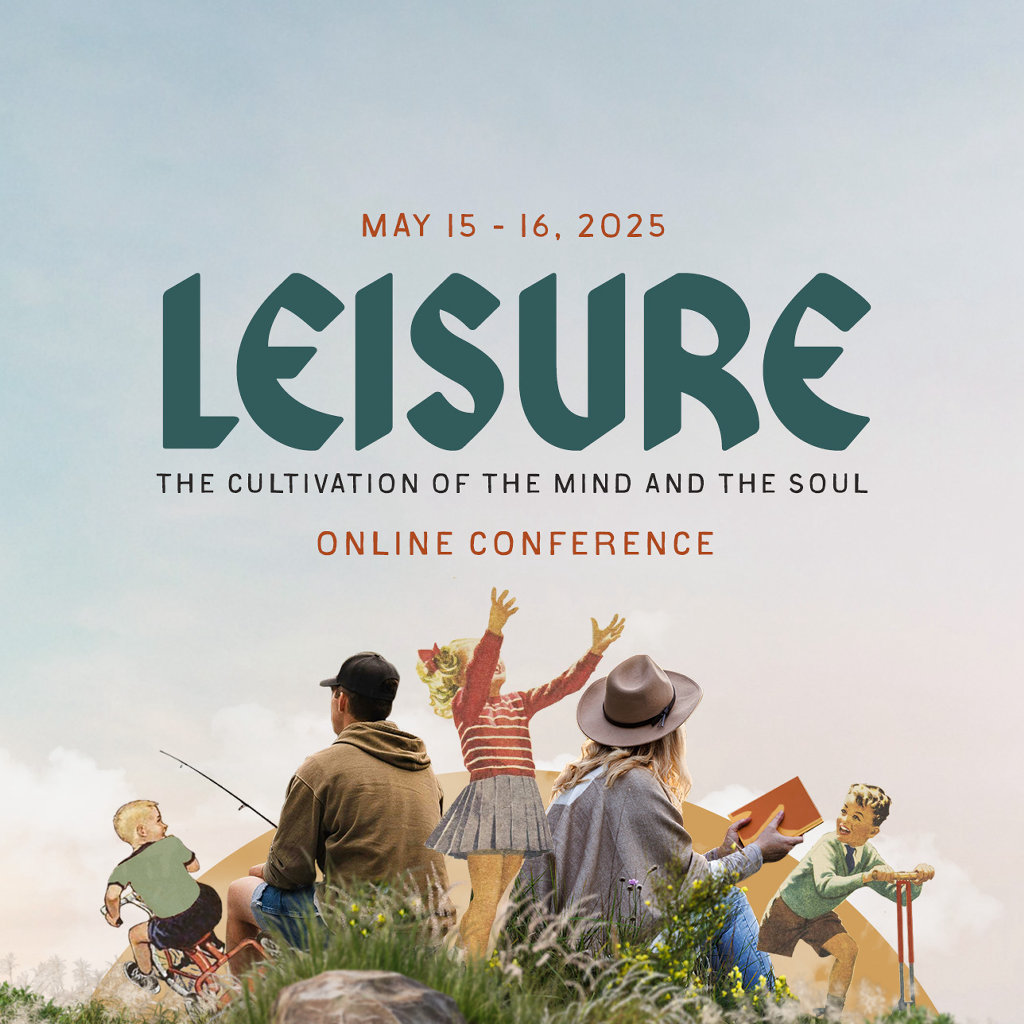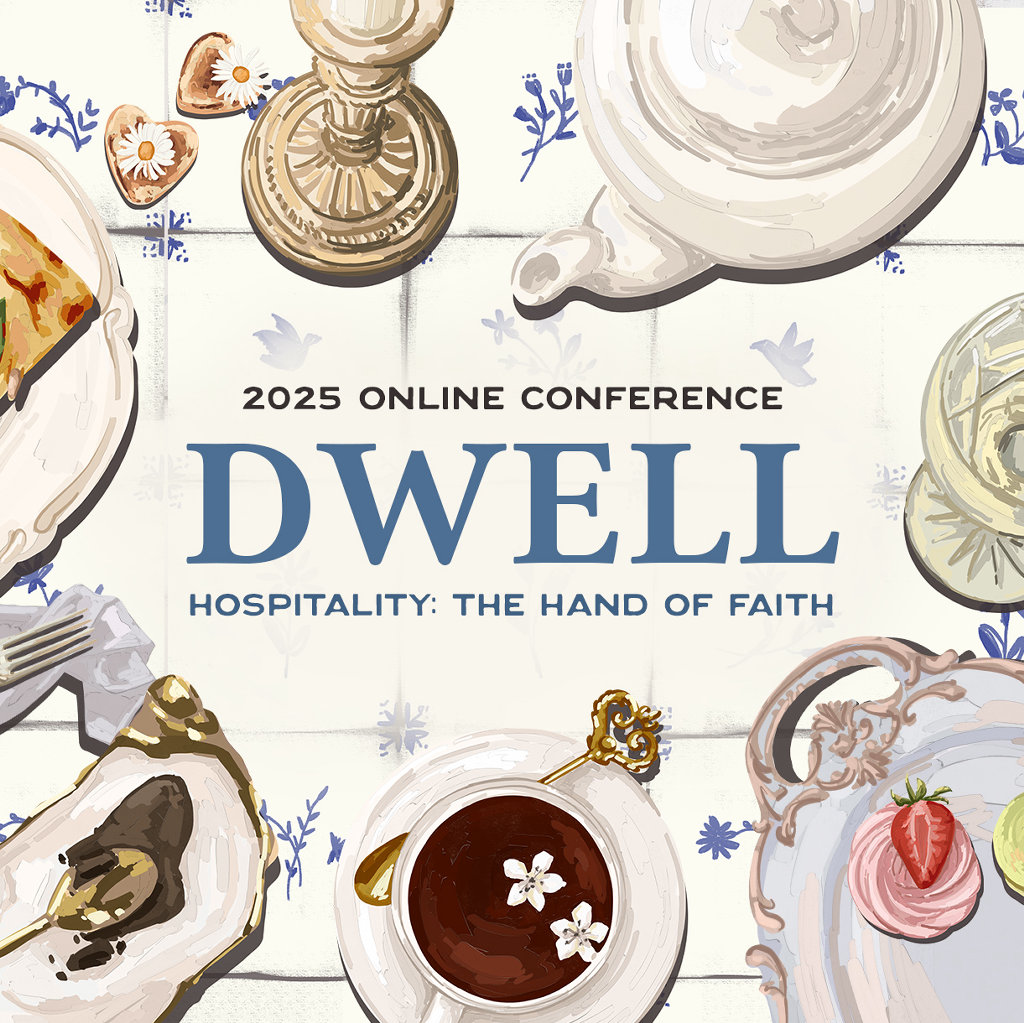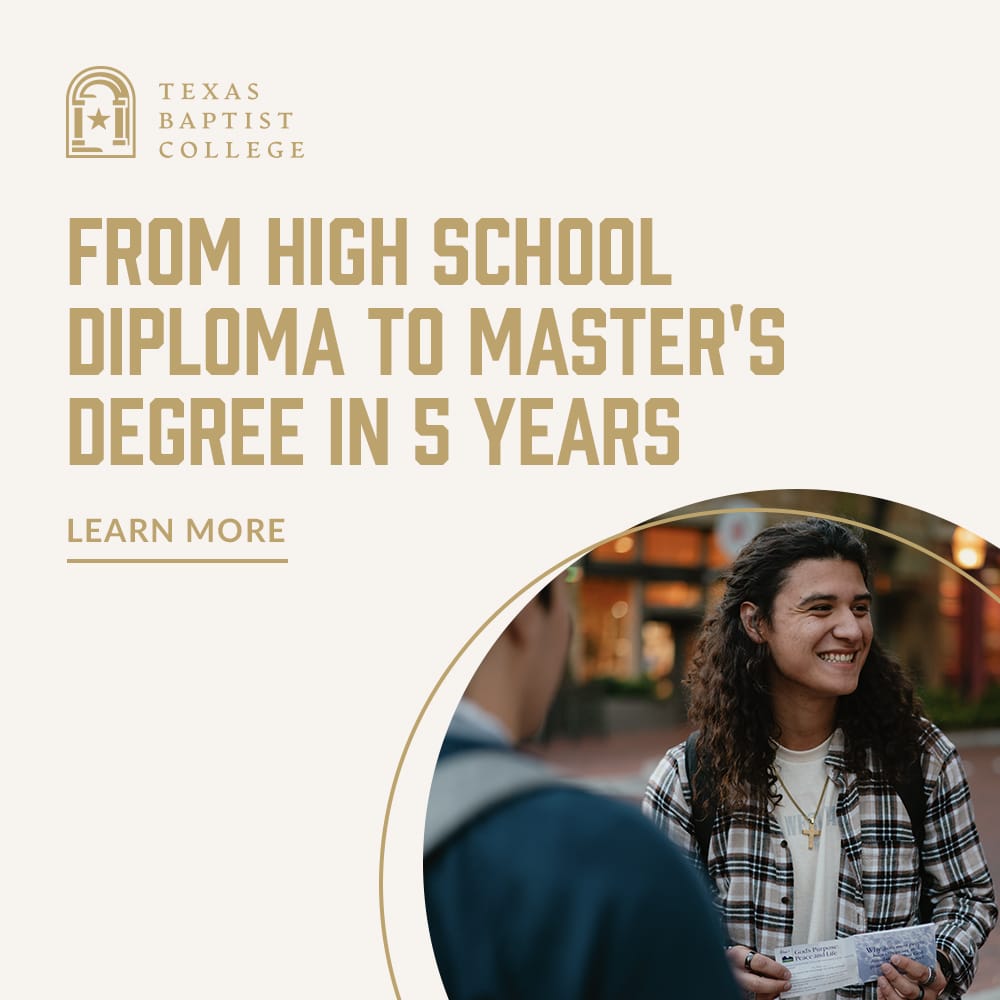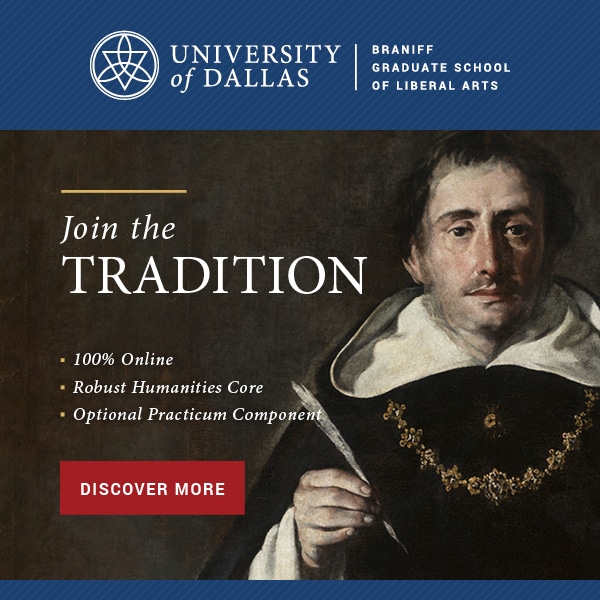No products in the cart.
A Virtuous Haven

“The campus of Justin may be a haven from the war, a haven from reality, but when reality is so grim, to be a haven may be a virtuous thing. Soon, only too soon, reality will burst the walls and swell the gutters of the school to boiling livid streams, but the interim is ours and is not the interim as real as reality?” —Louis Auchincloss
A common critique lobbed at homeschoolers is this: Homeschooling shelters children from the “real world” too much. I shouldn’t have googled this concept. That’s a rabbit hole I wish I hadn’t gone down.
The argument goes that by protecting our children from the slings and arrows of the world via homeschooling, our children don’t get to experience the negative aspects of living in a world outside of what they know in the home. They therefore aren’t prepared for the “real world.”
Homeschoolers aren’t the only ones who have this accusation lobbed at them. There’s the pervasive idea in our society that school—especially middle school and high school—is not the “real world,” whatever that is. Ask any high school student if anyone has ever derisively told them, “Just wait until you get into the real world.” Ironically, this is often said by teachers or professors, people who have chosen to be employed by high schools and colleges and are therefore not part of this mysterious “real world” themselves, either. Touché.
I have long objected to this notion. High school is the real world for high schoolers. It is just as real of an experience as the world beyond graduation. High school is the world in which teenagers live and move and breathe. As Auchincloss says, the interim is “as real as reality.” When adults denigrate the lives of adolescents for all their troubles, worries, and woes, they have forgotten the experience of what it was like to live as a teenager. They have lost compassion for this stage of life.
When a sixteen-year-old is told that what she is experiencing is mere puppy love, it would behoove the speaker to remember that puppy love is real to the puppies. Perhaps the heartbreak of a sixteen-year-old does not carry the heavy weight and consequences of the heartbreak of a forty-year old, but the sixteen-year-old’s heart is still broken, and her pain is legitimate, appropriate, and real.
Never mind the fact that this “real world” manages to seep in, always. There’s no magic defensive ring we can place around our adolescents to shield them. Children face bullying, hunger, abuse, poverty, homelessness, sickness, violence, and death. I know teenagers who have been kicked out of their homes and slept on park benches. I know teenagers who have been called out of class because their mother’s life wouldn’t last the day. The real world knows how to worm its way in just fine.
And even if we can shelter our children from all of these things, you can barely step foot into a restaurant that doesn’t have multiple screens, showing endless sporting events, TV dramas, advertisements, and twenty-four-hour news streams. We and our children are assaulted constantly with drama and trauma and mindless entertainment, barely having room to think or breathe.
Can we avoid that, even? Possibly. It’s difficult. But most of us, myself included, have handed our teens smartphones—tiny, addictive, little windows into the all the virtues and vices of the “real world” that fit right in their pockets. This “real world” is always around them. It’s inescapable and unavoidable.
“[H]ave you seen the world outside lately? They are playing for keeps out there, folks. My God, I couldn’t wait to get here today just so I could take a breather from the real world. I don’t know if they told you what’s happened while you’ve matriculated here for the past four years. . . . The world is waiting for you people with a club.” —Stephen Colbert, Knox College commencement address, 2006
So what do we do, knowing this world is out there? Well, we can offer our children an education that prepares them for it, and not only that, but one that is appropriate and serves them for who they are now, as they are now. We can offer them an education that recognizes they are born persons, as Charlotte Mason says. We can offer them an education aimed at the whole person.
Mortimer Adler wrote in The Paideia Proposal that schooling should have three main objectives that address the three common callings all humans share: “to earn a living in an intelligent and responsible fashion, to function as intelligent and responsible citizens, and to make both of these things serve the purpose of leading intelligent and responsible lives.” This education, one that is general and liberal, aimed at producing intelligent, responsible people, is one we can offer our children.
Children and teenagers should not have to worry themselves with the trials and cares of the adult world. They have enough of their own. Providing them with an education that is humanizing and appropriate will go a long way toward preparing them for the “real world” when they’re ready, and it will give them the skills and tools to navigate their daily lives now.
It is not wrong to shelter our children from the “real world.” In fact, It is entirely virtuous to provide an education that can act as a balm against it. The world is waiting for our children with a club, but the interim? It truly is ours. I plan to protect it.
Kristen Rudd
Kristen Rudd offers in-person and online literature and writing classes, tutoring, and writing and teaching workshops through http://kristenrudd.com/">kristenrudd.com. She has written for the CiRCE Institute, Center for Lit, Torrey Gazette, and Fathom Mag, and is a graduate of the Circe Institute Apprenticeship program. Kristen lives in Cary, NC and is a homeschool mom by day. By night, she’s exhausted.








